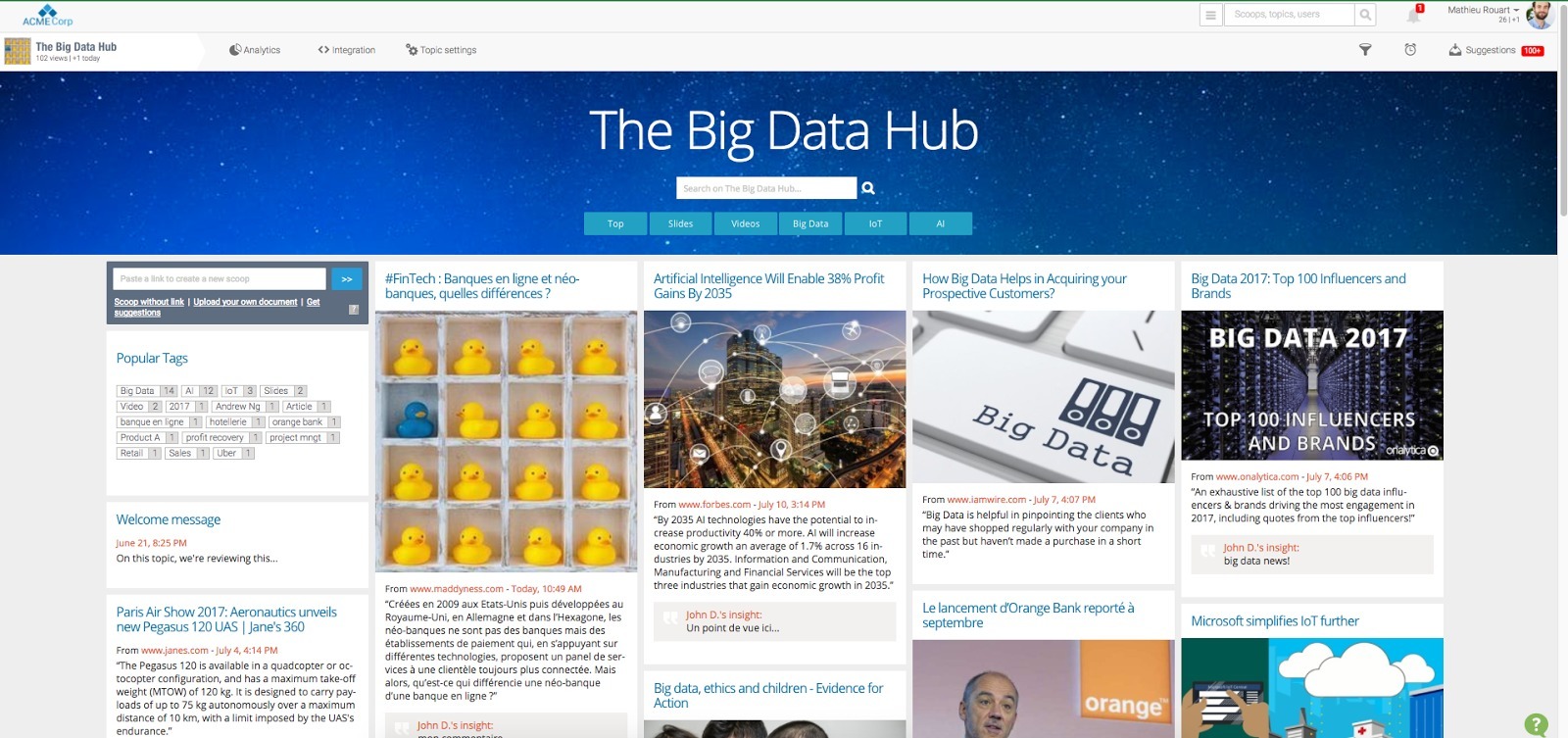
Marketing and sales teams are working closer than ever, there’s no need to state the obvious. In most cases, marketing teams’ #1 goal is to generate leads and provide relevant information to help sales teams be informed and prepared. This is how the term “sales enablement” was born.
In a nutshell, sales enablement means improving B2B sales teams’ efficiency, by providing them with content according to their needs. This has been helped by the digital transformation in corporations, which changed the game with new ways to sell such as social selling.
Here’s Hubspot’s definition: “Sales enablement is the technology, processes, and content that empower sales teams to sell efficiently at a higher velocity.”
Evolution of search queries for “sales enablement” on Google
Content at the core of sales enablement
As you guessed, content plays a crucial role in your sales enablement initiatives, whether it be a PDF presentation deck, a video, a blog post, an infographic and so on. However, all these different content formats can make it difficult to share knowledge between teams.
Also, sales teams must have content that is relevant to a given persona so they can do a better work at targeting and engaging leads on social channels like LinkedIn or Twitter. In other words, they must develop a proper social selling strategy.
Content formats are various and complex. Software can help you share knowledge efficiently
If you want a piece of content to be successful, it must be aligned with your prospects/clients needs. It must be an answer to their pain points. And it obviously has to be industry-specific. This being said, it is easy to be overwhelmed with the high volume of content available on the web – therefore providing the right content to sales teams becomes truly challenging.
Getting your content organized and ready to be shared in an easy way requires software.
At Scoop.it, we use our knowledge sharing platform which includes dedicated content pages available for sales teams. Our software is very flexible – you can organize your research per persona/market/interest, and therefore make it easy for your colleagues to access information. Here’s a screenshot of our Scoop.it Knowledge Sharing – we combine tags and a search bar to make the content discovery experience better.
Screenshot of a content hub on Big Data. As you can see, several resources are available.
Of course, you can include all types of content – PDF files, PPT slides, office suite and so on. Or you could also use all content available on the web, discovered via a curation tool or via your colleagues. All this doesn’t exclude your own original content!
Is knowledge sharing a true challenge for your business? Let us help and get a free demo of our software!
Image by Pixabay





 (2 votes, average: 4.00 out of 5)
(2 votes, average: 4.00 out of 5)